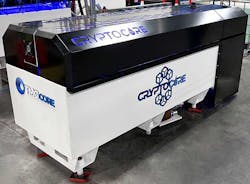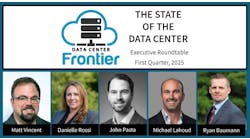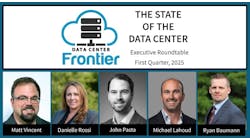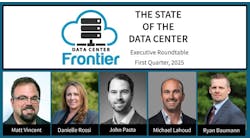John-David Enright is CEO of TMGcore. A dedicated business professional, JD has nearly 30 years of experience working with multi-national private and public sector organizations to execute strategic growth initiatives in emerging markets and technologies. He has specialized leadership in developing next-generation HPC platforms, global blockchain strategies, biotechnology, viral cell and gene therapies, and market intelligence assimilation.
Here’s the full text of John-David Enright’s insights from our Executive Roundtable:
Data Center Frontier: We’ve seen extraordinary demand for data center space thus far in 2022. What is driving the elevated demand for data center capacity?
John-David Enright: Innovation and integration in/of technology is, in my opinion, the primary driver for this growth. The exponential integration of AI, data analytics and other HPC applications into markets segments such as healthcare, eCommerce, national security and defense, travel and entertainment, etc. is a major factor for this. Additionally, there is still a lot of growth potential in DeFi (decentralized finance via blockchains) yet to be realized, which will add to this growth in the decade to come.
Is this a ‘new normal’ or a temporary uptick? I liken this growth to that of Moore’s Law. As long as the speed of innovation can be matched and supported by the required infrastructure, and consumer demand, we will continue this type of growth curve. That said, these things need to pace for the growth to continue and hence establish a “New Norm.” There are several other factors that contribute to this, however, these I have referenced may be the most significant.
Data Center Frontier: Water scarcity has become a major concern in some data center markets. What are the best strategies to help reduce the impact of IT infrastructure on local water supplies?
John-David Enright: I may be a bit biased, however, one must consider technologies that require/demand less water for cooling purposes. When possible, use Dry Cooling technologies for final heat rejection rather than evaporative systems. Of course, this is geography- dependent and is not always an option.
However, having HPC and related technologies that allow for “Lights-Out” operation allow for data centers to be designed and constructed with little HVAC infrastructure for personal comfort and or data center hardware operational needs. One such technology is liquid (non-water) immersion HPC systems.
The CryptoCore immersion cooling system, one of several optimized systems from TMGcore. (Photo: TMcore).
John-David Enright: With the need for HPC closer to the end user, due to processing speed considerations, I see a significant growth opportunity in these markets. Even tier 3 and 4 markets have room for significant growth in the next decade and beyond.
What are the key issues impacting future growth in these markets? Infrastructure and the corporate willingness to invest in these markets. This includes having the willingness to invest into new technologies like liquid immersion cooling and other innovative and enabling technologies.
Data Center Frontier: A number of regions are facing limits on utility power availability for large users. What are the best options for data centers to operate and grow in power-constrained markets?
John-David Enright: Quite simply, implement technologies that require and consume less electricity whilst still providing equal or better performance. Additionally, consider using infrastructure that can operate sustainably, and reliably, on alternative sources of energy, such as behind the meter applications on or near the generation source i.e wind farms, solar fields, natural gas production, nuclear, geothermal, hydro, etc.
It’s understood this will require more CapEx initially for battery backups and generators to support N+1 and above operations, which is often the requirement for data center uptime commitments. What’s the real cost of being more environmentally sustainable? I believe this is still being determined.






